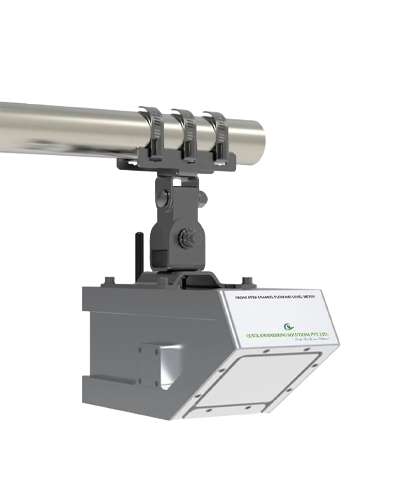

Radar-based level and velocity instruments are devices that use radar technology to measure the level or depth of a substance (such as liquid or granular materials) and, in some cases, the velocity of the substance's movement. These instruments are commonly used in industrial and environmental applications where accurate and non-contact measurement is required. Here's a brief overview of radar-based level and velocity instruments:
Radar Level Instruments: Radar level instruments use microwave radar technology to measure the distance between the instrument and the surface of the substance being measured. This technology works by emitting radar pulses and measuring the time it takes for these pulses to reflect back to the instrument.Radar level instruments are capable of measuring the level of various substances, including liquids, solids, and even in challenging environments where conditions such as high temperature, pressure, dust, or foam are present.They are often used in industries like chemical processing, oil and gas, water and wastewater treatment, and food processing for inventory management, process control, and safety applications.
Radar Velocity Instruments:
Radar velocity instruments are designed to measure the velocity or speed of a moving substance, such as the flow of a liquid or the movement of vehicles on a road.
In flow measurement applications, radar velocity instruments can be used to monitor the velocity of liquids or slurries in pipes or open channels. They are particularly useful in applications where contact-based velocity measurement methods are impractical or unreliable.
Radar velocity instruments can also be employed in traffic monitoring and management to measure the speed of vehicles, helping with traffic control and enforcement.